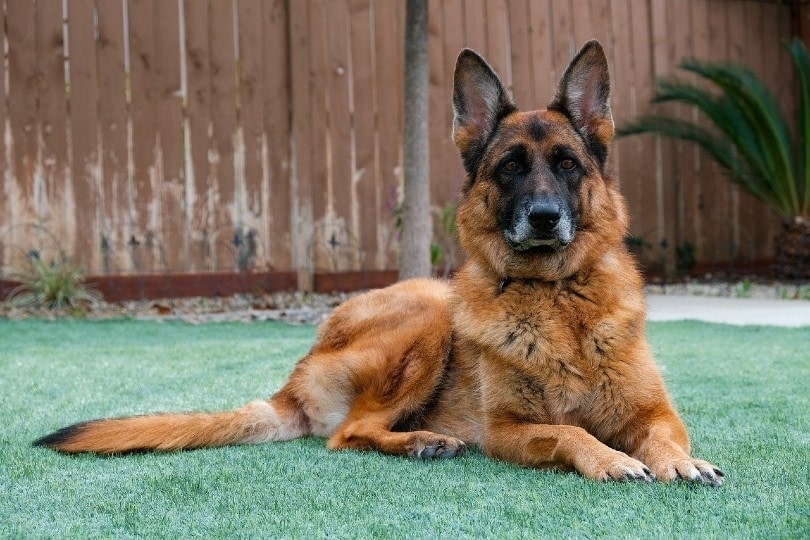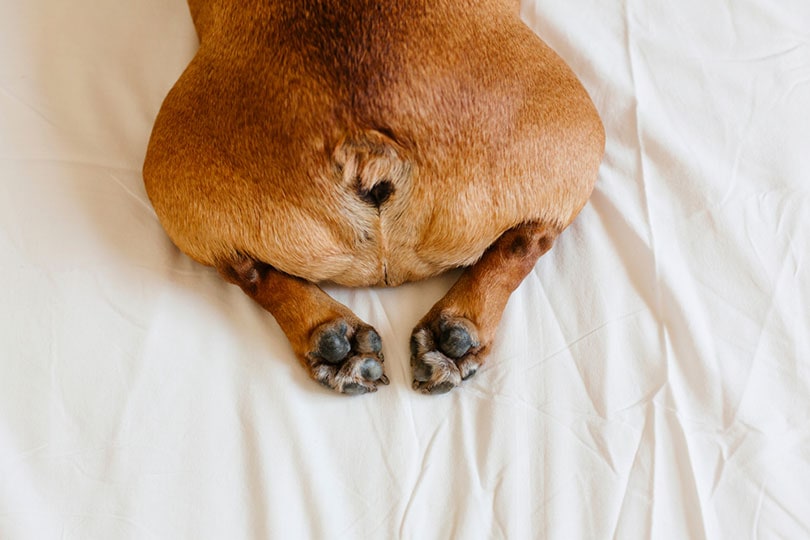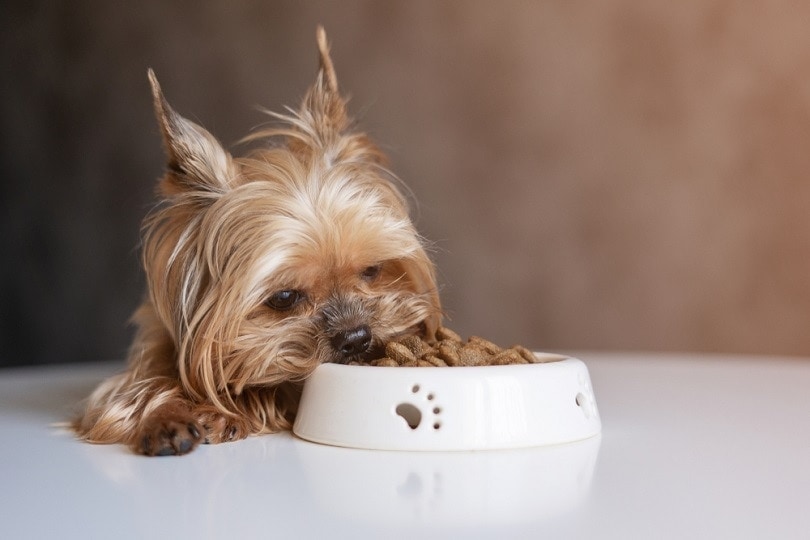How Much Food Should a Havanese Eat Per Day? Vet-Approved Advice
By Lorre Luther
Updated on
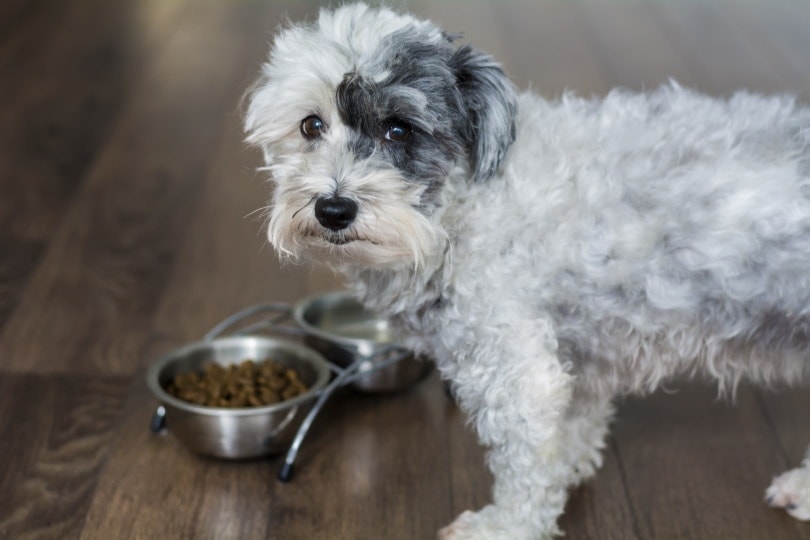
Havanese dogs are sweet, loving, and playful pets. The American Kennel Club (AKC) classifies them as a toy breed. They’re generally between 8½ and 11½ inches at the shoulders, and most weigh less than 13 pounds. They’re pretty healthy, with most living between 14 and 16 years.
The breed has a tendency to gain weight rather easily, which can lead to chronic health issues, making it critical to ensure you’re feeding your pet the right amount. Most healthy adult small dogs require around 40 calories per pound per day. But precisely how much food your dog needs to be happy and healthy depends on several factors, including their age and activity level. Keep reading for more on determining how much to feed your Havanese!
How Do You Calculate How Much Dogs Should Eat?
The exact amount of calories an individual animal needs to maintain a healthy weight is variable and influenced by many factors including genetics, age, breed, and activity level. This tool is meant to be used only as a guideline for healthy individuals and does not substitute veterinary advice
First, evaluate your pet’s current body weight to determine if they need to drop a few pounds, gain a bit, or are doing fine. Your veterinarian can provide solid, professional guidance regarding your pet’s weight. Silhouette guides provide a quick visual cheat sheet to make it easy to determine if your pet’s weight is appropriate or not. There are also online calculators you can use to get a general idea of your pet’s ideal caloric intake.
All pet food packaging has serving size and feeding information you can use to determine how much to feed your dog. Whip out a calculator and determine how much to feed your pet to meet its nutritional needs. After making any changes, let your dog’s health, coat, and energy levels tell you if your pet’s diet needs any adjustments. Active pets sometimes require more food, and older dogs who spend lots of time relaxing often need fewer calories to stay healthy.
Don’t forget to include the treats when determining your pet’s overall caloric intake. Try to limit goodies to around 10% of your pet’s diet to ensure they get all the nutrients they need without exceeding their caloric requirements. Keep in mind that puppies have far different nutritional needs than adult dogs!
Are Havanese Dogs Picky Eaters?
Some Havanese dogs can be particular when it comes to food. The breed tends to be people-oriented, so many prefer to eat with their human companions. Havanese dogs often have sensitive stomachs, which can lead them to avoid certain foods. Dogs who’ve had an unpleasant reaction to a specific food or ingredient often avoid similar products in the future.
Stress and lack of exercise can also cause some dogs to eat less than they normally would. Providing dogs with entertainment, such as puzzle toys, often helps manage minor separation anxiety. Increased exercise may also help reduce some dogs’ stress levels.
Havanese dogs become bored when given the same food every day, often leading to finicky eating. Tasty toppers make it easy to increase the variety of your pet’s diet; you can add them to your dog’s regular food to create a tempting canine delight.
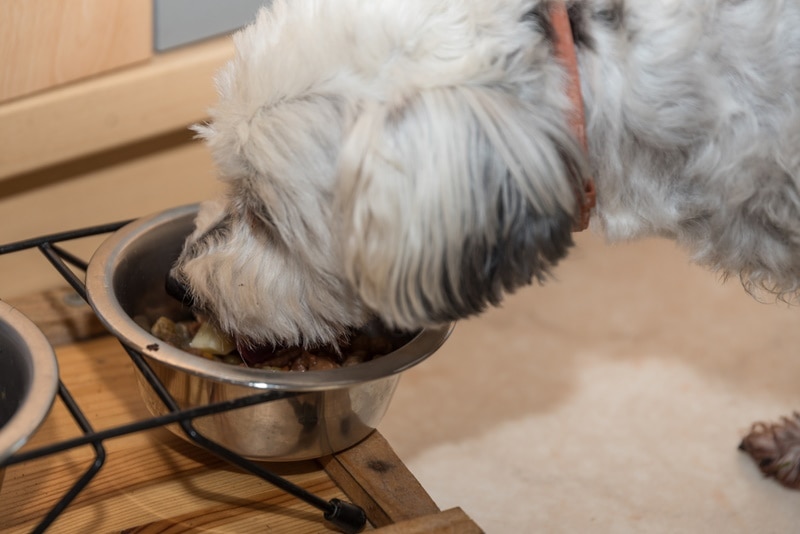
Do Havanese Dogs Have Any Special Nutritional Requirements?
Havanese dogs don’t have any specific nutritional requirements, although they do best when eating food formulated for toy breeds, as small dogs have slightly different nutritional requirements than medium and large pets. Tiny dogs require more calories per pound than their larger canine friends to meet their nutritional needs; small dog formulations are often higher in calories than other products.
Like most dogs, they do best when eating high-quality dog food that provides the protein, fat, and nutrients they require for optimum health. Commercial dog food formulated to meet American Association of Feed Control Officials (AAFCO) guidelines for dogs contains the nutritional basics dogs require.
Havanese dogs can gain weight easily, so providing the right amount of food is critical for their health. Figure out how much your pet needs using the information provided on their food packaging. Use a measuring cup to make sure you’re not over or underestimating how much food your pet is eating.
Speak with your veterinarian if you’re concerned about your pet’s weight. They can provide specific guidance about how much your dog should weigh and ways to encourage weight loss.
How Much Exercise Do Havanese Dogs Require?
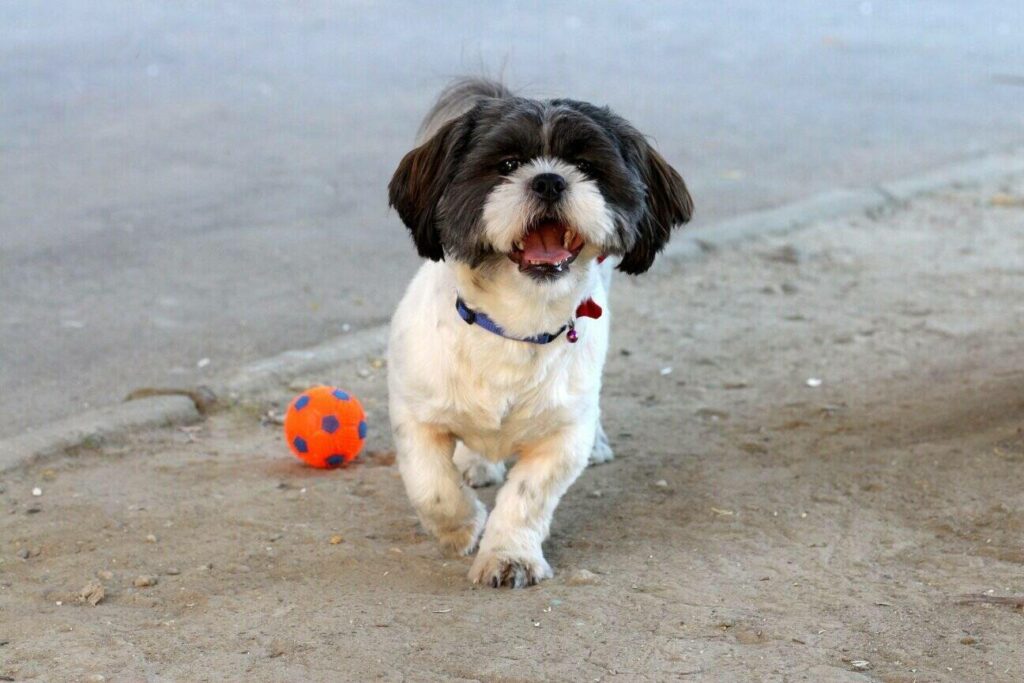
Havanese dogs have relatively manageable daily exercise needs. Like all dogs, they generally do best with at least daily walks and some playtime. Most require around 30 minutes of daily exercise. They’re not interested in romping about for hours in the great outdoors, but they enjoy nice leisurely strolls alongside their favorite people. But Havanese dogs benefit from regular physical activity as it often helps reduce canine anxiety. Sufficient exercise also helps dogs maintain a healthy weight which can reduce the risk of developing chronic health conditions such as arthritis and high blood pressure.
Final Thoughts
Havanese dogs are small and don’t require much food to stay healthy. Most small dogs need about 40 calories per pound of body weight per day, but the requirements vary depending on dogs’ individual needs and health conditions. To determine how much your pet needs to eat, evaluate their current condition to decide if they need to gain, lose, or maintain their weight.
Use the feeding instructions on your buddy’s food packaging to determine how much to give your pet. Treat the feeding instructions as guidelines, and pay attention to your pet’s health and weight to adjust its daily portions.
Featured Image Credit: Boryana Manzurova, Shutterstock




